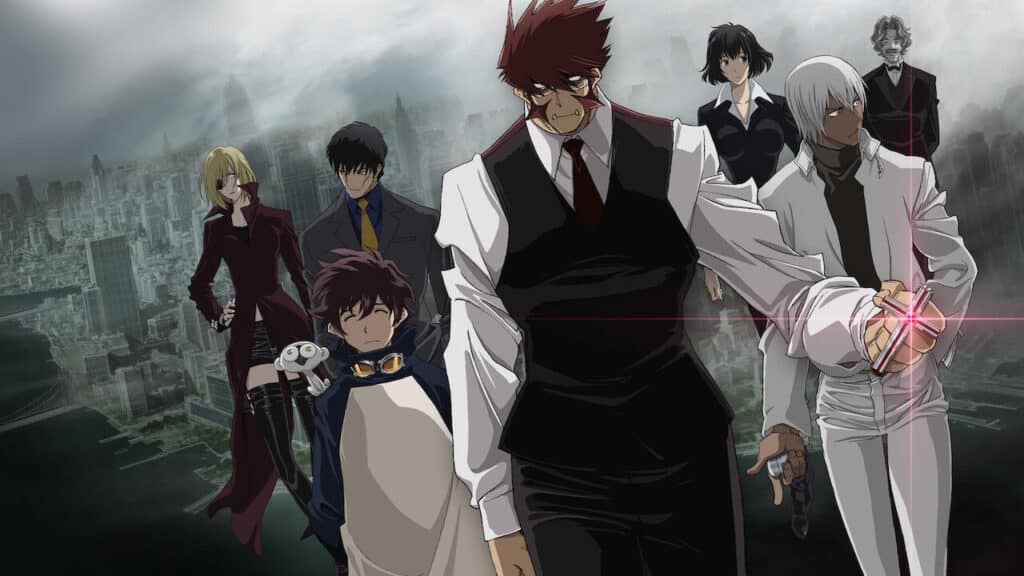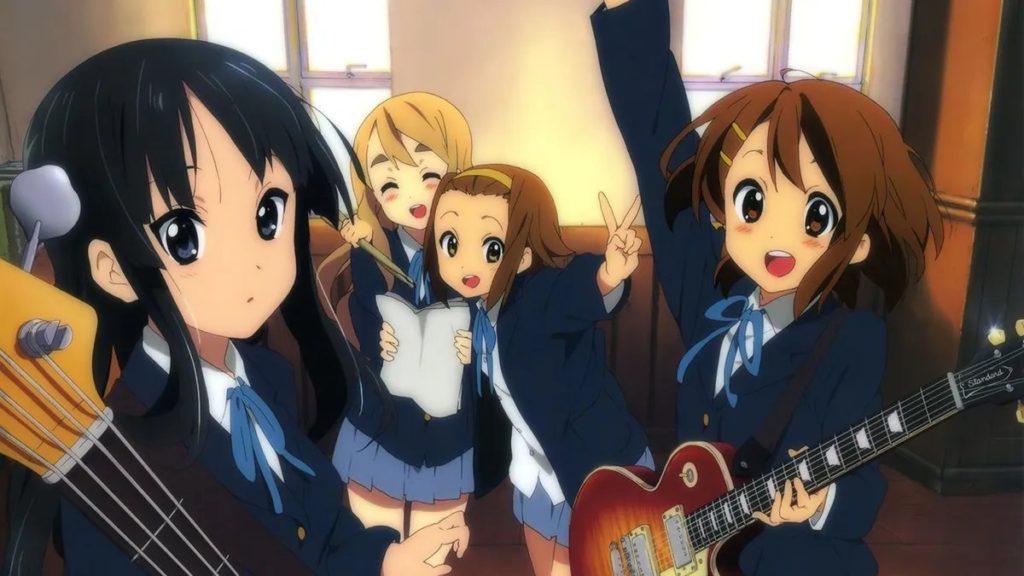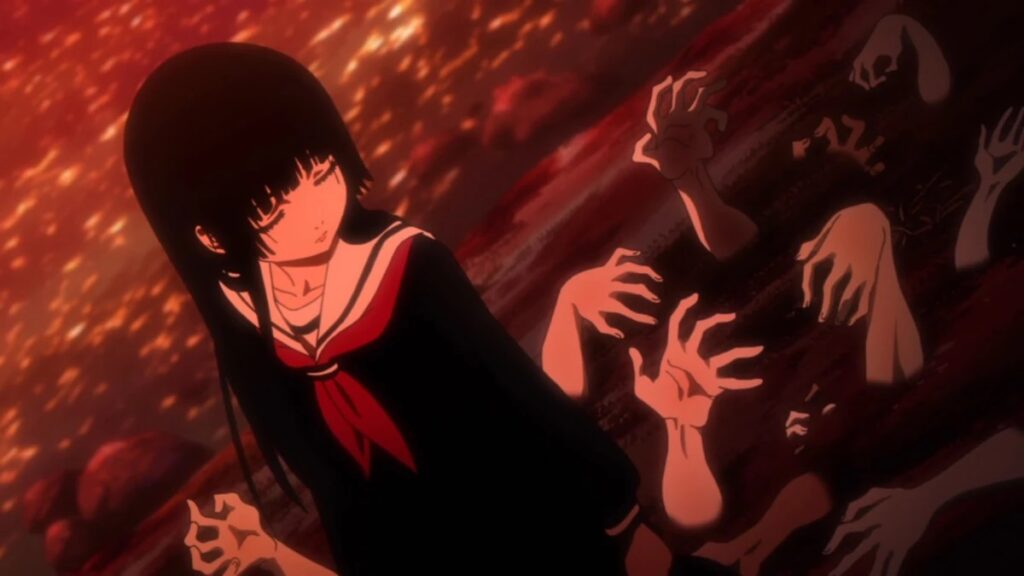On a day just like any other in Tokyo, a devastating earthquake rocks Japan. Separated by the activities of their daily lives, the Mutoh family struggles to find each other in the chaos. However, as they are brought together, they soon find that the news is so much worse. With Mount Fuji threatening to erupt and Japan gradually sinking, the Mutoh must face their difficult reality.
The distinctive art style of Masaaki Yuasa works well with this Netflix anime, and he even found a way to make it his specific brand of odd at times. Ultimately, it was a touching disaster anime filled with struggle and loss. If you are looking for anime recommendations like Japan Sinks 2020, then head on down below.
Anime Like Japan Sinks 2020
For Fans of Disasters
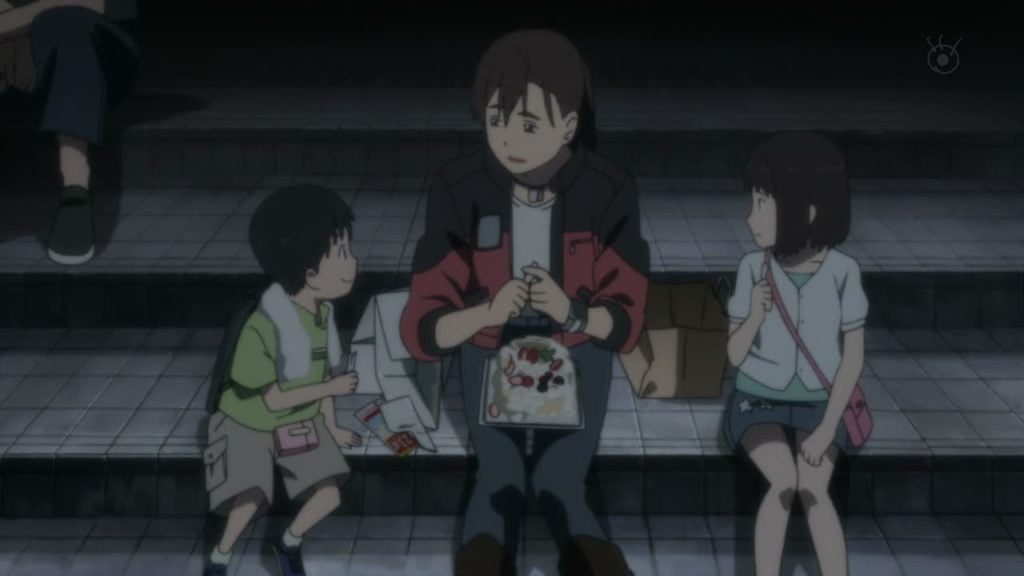
Tokyo Magnitude 8.0
Frustrated with her family, middle schooler Mirai Onozawa wishes to tear everything apart. Unfortunately, that wish comes true in an unexpected 8.0 earthquake. Suddenly, she and her younger brother find themselves surrounded by chaos in Odaiba. Single mother and motorcyclist Mari runs into these two scared kids and decides to help them get back home.
Very obviously, both series are about earthquakes. It also features two children as the main characters. There is a lot of tragedy and a lot of chaos that one expects following a disaster. Both really highlight the national memory that Japan has collectively kept of devastating earthquakes.
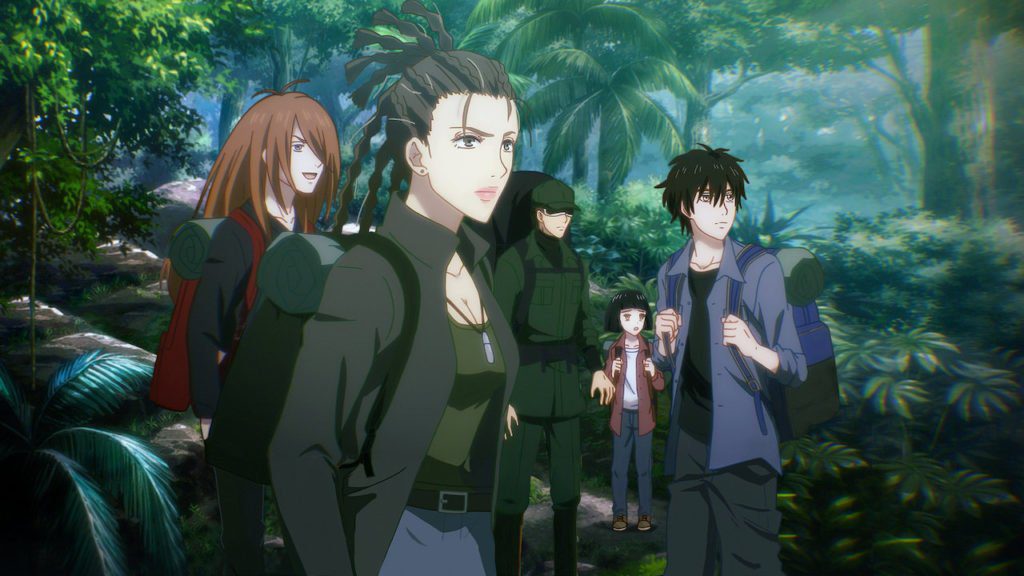
7 Seeds
With extinction-level meteors heading towards Earth, the government attempted to preserve humanity with the 7 Seeds Program. In this program, several teams of young people were established, frozen, and to be woken up in the future after the planet is livable again. However, the world these children wake up in is wild and dangerous where they appear to be the only humans left.
Both 7 Seeds and Japan Sinks 2020 feature an apocalyptic event (for Japan, at least) in which the nations is left culturally and physically changed. Those that remain afterwards must struggle every second to make sure they stay alive while many still die viciously.
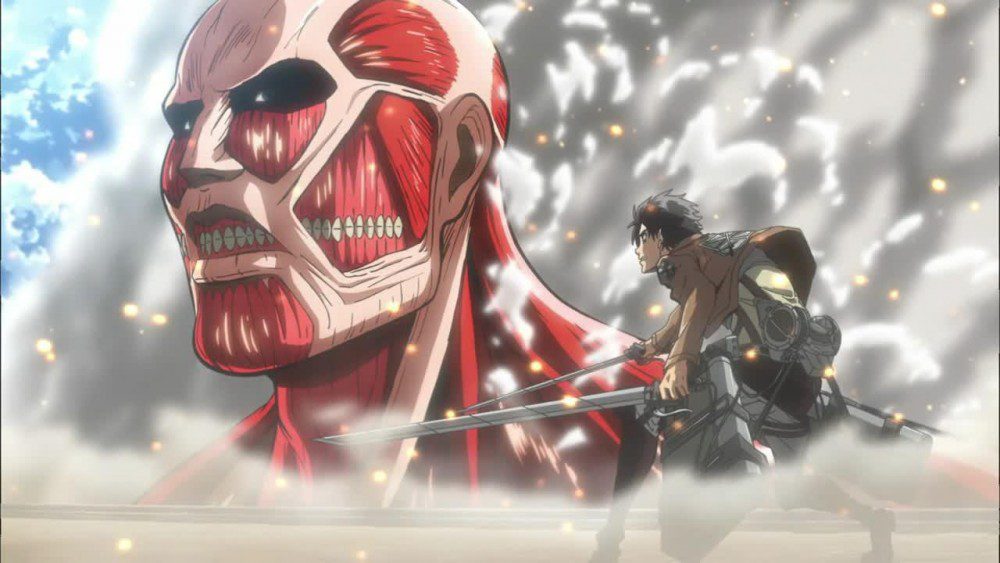
Attack on Titan
Facing imminent extinction, humanity retreated behind a series of tall, thick walls to escape their most dangerous threat – massive human-like Titans with a taste for human flesh. With an enemy that eats humanity for fun rather than food, they are constantly threatened. As such, it is the duty of every human to defend the species. Enter Eren Yegaer who, after his village was destroyed by Titans breaching the outer wall, he and his adopted sister Mikasa join the Survey Corps. They are one of three factions of the military that scouts and combats Titans outside the walls. After joining in the brutal war, Eren discovers a secret about himself that could unravel what the world thinks they know about Titans.
The more I think on it, the more similar I find Attack on Titan to Japan 2020. Both series have a passion for very suddenly and brutally killing characters, have plots about children having their whole reality upended, and feature them trying to survive the chaos from there. Of course, there are no flesh-eating monsters in Japan Sinks 2020 (except for those sharks and seagulls).
For Fans of Struggle and Strife

Now and Then, Here and There
Shu is a typical Japanese boy, but when he sees a mysterious girl atop a smokestack, he follows her and is pulled into a strange desert world. It is here that Shu is forced to discover a world filled with the tragedies of war. Genocide, torture, hunger, and thirst are abound, but Shu is determined to try and save the girl that he saw.
Both series really highlight how much humanity can be terrible when there is a disaster. They also shine a big old light on how scared and struggling people do awful things to each other. It hits even harder in both series because they can do them to younger characters.
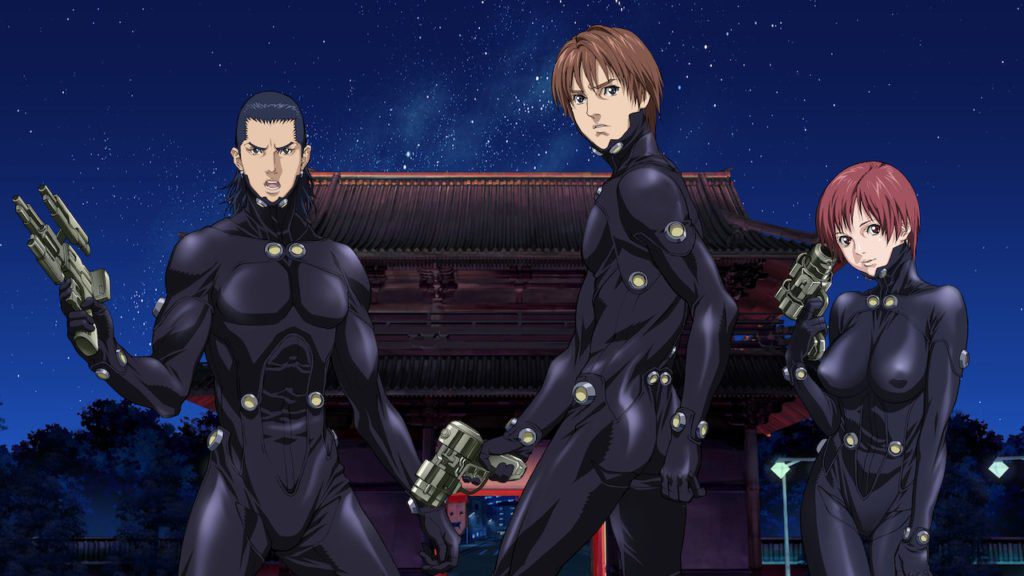
Gantz
Kei Kurono is an apathetic young man that, while waiting for his train, runs into a childhood friend. When a homeless man falls onto a track, his friend coaxes him into helping save his life. Unfortunately, the train comes in and they both die. However, they both wake up in a strange room with other recently deceased people and a big black ball that tells them to kill aliens in order to gain their freedom.
While both have vastly different sci-fi plots and tones, what is most notable between these two series is the suddenness in which death happens. One moment a character is alive and they next they can be very much dead. It can be as traumatic to the audience as it is to the characters if you really liked them.
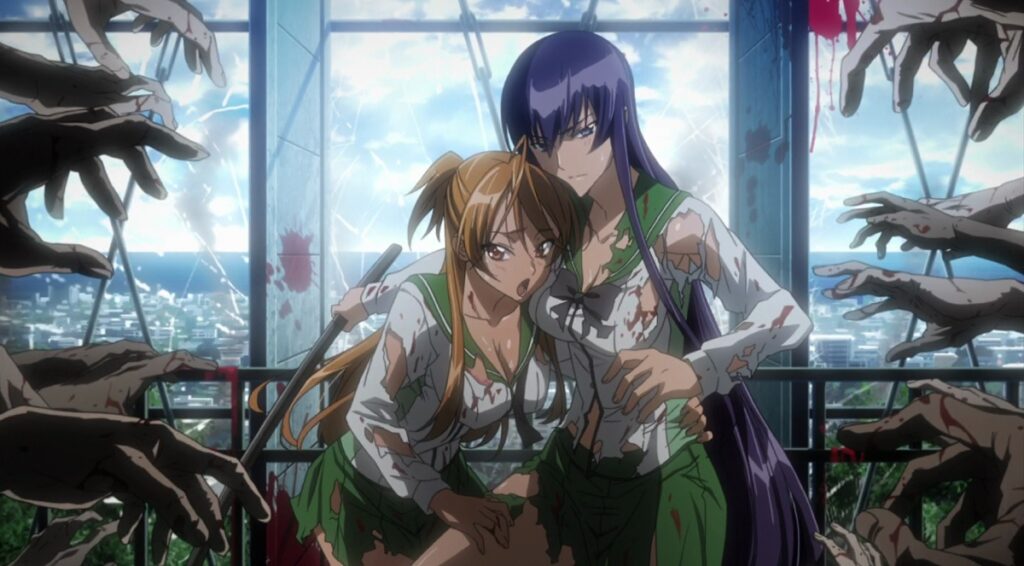
High School of the Dead
It happened suddenly. The dead rose and threw Japan into chaos. In the high school of Takashi Kimuro, the situation forced him to kill his bitten best friend and protect the man’s girlfriend, Rei. As they narrowly escape the school with a few others, they find the real survival just beginning.
Certainly zombies and sinking islands are vastly different scenarios, but both series focus on groups trying to survive and escape catastrophe. The biggest difference is how ecchi High School of the Dead is, but Japan Sinks has its sexy moments too, they are just more seriously presented.
For Fans of Emotional Social Commentary Stories
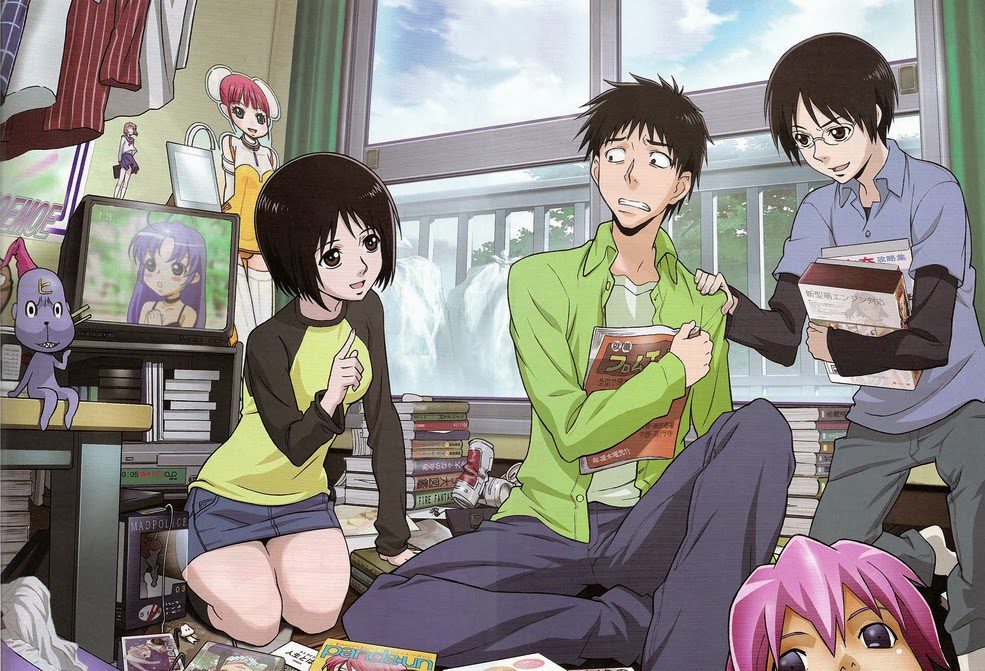
Welcome to the NHK
College dropout Tatsuhiro Satou has been living as a hikikomori for four years, and in his isolation, he has come to believe in a number of conspiracy theories. Primary among them is that a conspirator is behind his NEET nature. Although he tries to overcome it, his NEET nature is a deep hole to crawl out of.
Welcome to the NHK is almost all social commentary on modern Japanese problems whereas Japan Sinks only has it sprinkled in there as they are compounded by disaster. While they do approach serious topics, they both also know when it is appropriate to inject some levity as well. Interestingly enough, both series also have an arc involving a cult as well.
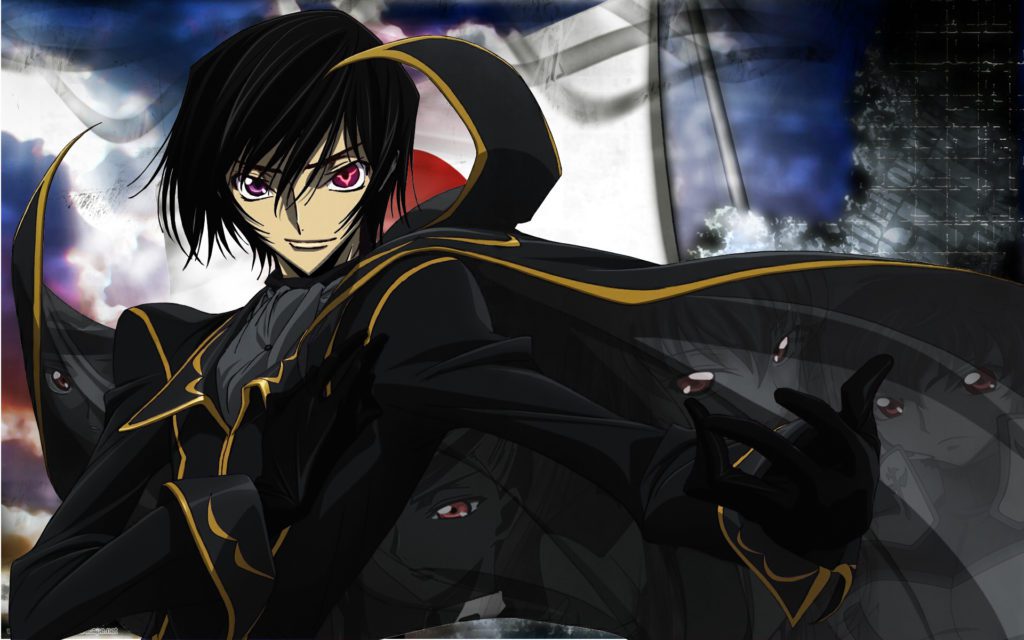
Code Geass
The Holy Empire of Britannia has established itself as the dominant military nation, starting after their conquest of Japan, now named Area 11. Under Britannia’s tyranny, a number of resistance groups rose up to fight for their freedom. Enter Lelouch Lamperouge, the exiled prince of Britannia who has been sent to live in Japan. One day, after finding himself caught in the crossfire in a battle between Britannia and insurgents, Lelouch is able to escape with his life after meeting C.C., a mysterious girl who grants him the power of absolute obedience.
As Japan Sinks goes on, you see more of its focus on preserving Japan’s national identity and perhaps why it is so important to some people. There are similar themes in Code Geass despite its action-focused, political plot. While Code Geass has its fair share of emotional moments and death, it is overall less melancholic.
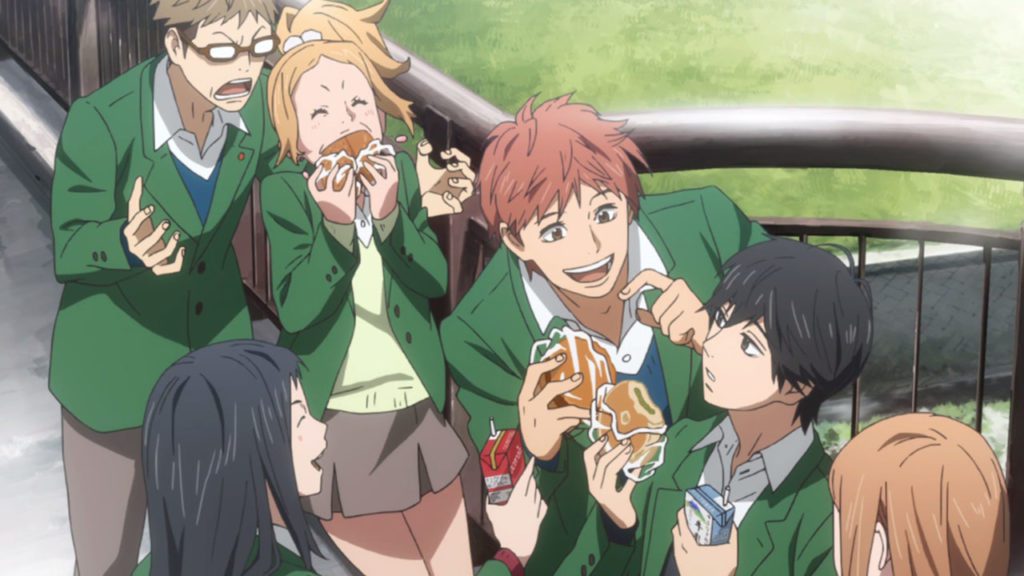
Orange
On the first day of a new semester, Naho Takimiya oversleeps. On her way out after being late for school, she finds a letter waiting for her that says it is from herself ten years in the future. The letter ardently states her regrets that she has surrounding a new transfer student Kakeru Naruse. Thinking it is a prank at first, Naho ignores it, but when the events described within begin to come true, Naho decides that she will try to help her future self.
While Orange doesn’t so much have a disaster plot or a strong commentary on modern Japan, what it does have in common with Japan Sinks 2020 is that crushing feeling of guilt that the characters go through. In Orange, the characters struggle with their friend’s suicide and the fact that they didn’t / couldn’t help him. In Japan Sinks 2020, whether it was guilt for getting someone killed or not helping them, it weighs on the characters heavily.
Do you have any more anime recommendations similar to Japan Sinks 2020? Let fans know in the comments section below.

